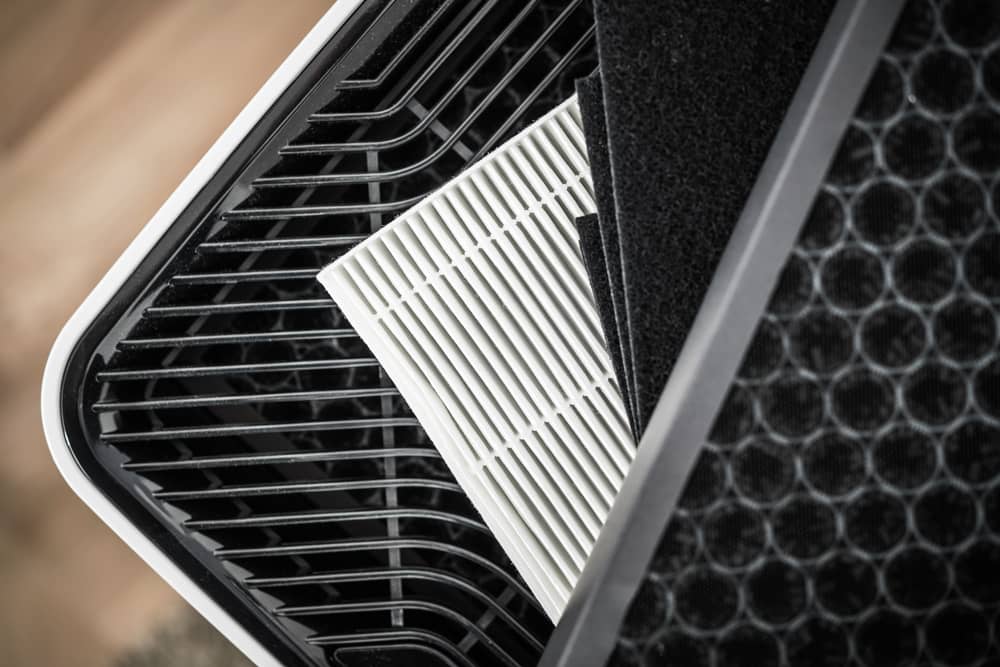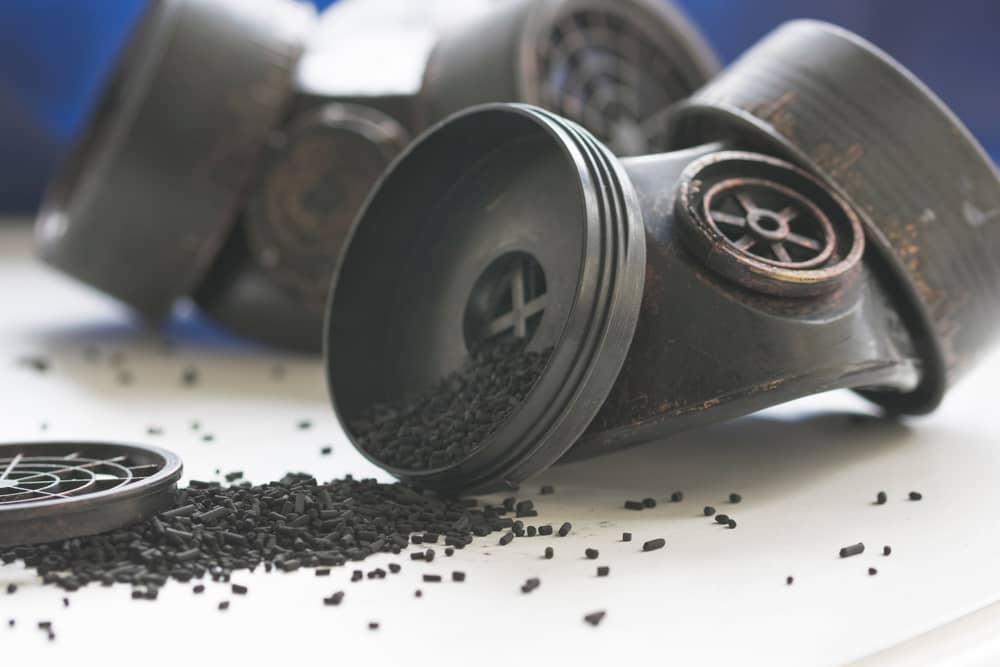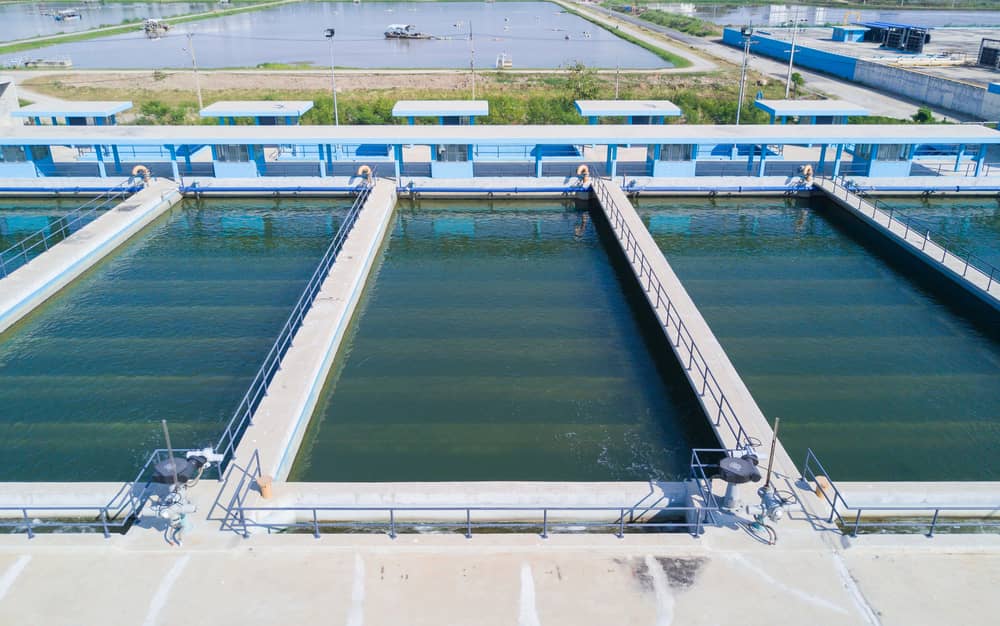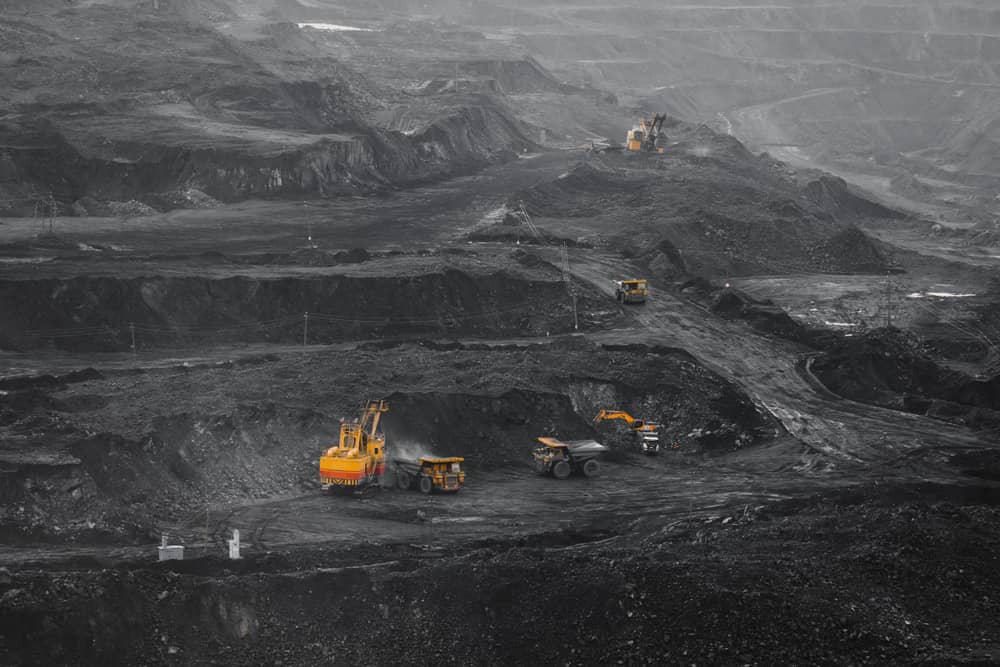Applications of Activated Carbon in California
Application Of Activated Carbon
Activated carbon at Karbonous Inc keeps on gaining popularity as a result of their comparative benefits over traditional powdered or granular versions of this well-known adsorbent, opening up new possibilities for technical advancements in a variety of areas. From a number of activated carbon applications, some common applications are discussed below.
Air Purification Solutions– Gas Cleaning Using Activated Carbon
Regular and irregular shaped activated carbons are used in gas cleaning along with several other uses. Cylindrical-shaped carbons are preferably used because these usually have a lower flow resistance and a better abrasion hardness than broken coals.
The uses of granular activated carbons in the field of gas and exhaust air cleaning are diverse; for instance, recovery of solvents, e.g., in gravure printing, with coatings as well as in the packaging, food, and chemical industries.
- Natural gas purification; Removal of Hg, H2, & BTX
- Exhaust gas cleaning after waste incineration plants for removal of dioxins and heavy metals
- Exhaust air purification after production processes to remove organic impurities
- Purification of process gases, e.g., CO2 purification and compressed air cooling
- Removal of pollutants in air conditioning systems as well as in loading and ventilation systems
- Removal of odorous substances in kitchen extractor hoods and refrigerator filters.
- Avoidance of emissions, e.g., in bottling plants, tank breathing in cars, and industries
- Removal of pollutants in car interior ventilation
- For respirators
- For cigar and cigarette filters
- As a carrier material for special impregnations or catalysts



Water Purification – Activated Carbon Application
In recent years, the use of activated carbons has increased in drinking water treatment, remediation of groundwater, and further developed in industrial water treatment using municipal ground water filter systems in CA, USA. Activated carbon is also increasingly used for wastewater treatment required, be it for the targeted treatment of individual wastewater streams, such as in the chemical industry, for the removal of bacteria toxic substances to protect biological wastewater, or for post-cleaning of the already treated wastewater. Another area of application for activated carbon is the landfill gas emissions.
Discoloration and Cleaning of Liquids Using Activated Carbon
As a rule, powdered activated carbons are used in type series “Carbopal” in the stirring or suspension process or sheet filtration. In the case of powdered charcoal, there are also numerous applications. For example, when using fixed bed processes, the so-called percolation processes, granular activated carbons of the “Epibon” series are used, which are characterized by an open-pored structure and excellent filter properties.
Stir In Or Suspension Process
The exposure time of the activated charcoal is to be matched to the physical properties of the liquid to be treated, e.g., viscosity, temperature, pH value, and the substances to be removed.

Sheet Filtration/Percolation
Activated Carbon for Gold Recovery / Metal Recovery
Liquid Phase Applications
Groundwater remediation
Wastewater treatment
Process water treatment
Municipal water treatment
Aquarium water treatment
Dialysis
Activated carbon for drinking water
Vapor Phase Applications
VOC abatement
Gas Mask
Indoor Air Quality (IAQ)
Air stripper off-gas
Odor control
Catalyst support/protection
Tank venting
Food & Beverage
Wine/fruit juice decolorization/deodorization
Edible oil purification
Corn and cane sugar decolorization
What shape of activated carbon is preferable in the market, the irregular or cylindrical shaped?
The cylinder shape is preferred since it has better abrasion hardness as compared to irregular-shaped activated carbon and also has lower flow resistance.
Is the adsorption process used for only drinking water treatment?
Adsorption is not only used in water treatment but in all kinds of fluid purification treatment/processes, such as glucose, sugar solutions, beer, wine, edible oils, plant extracts, fruit concentrates treatment, etc.
